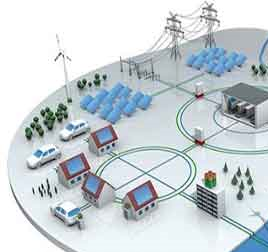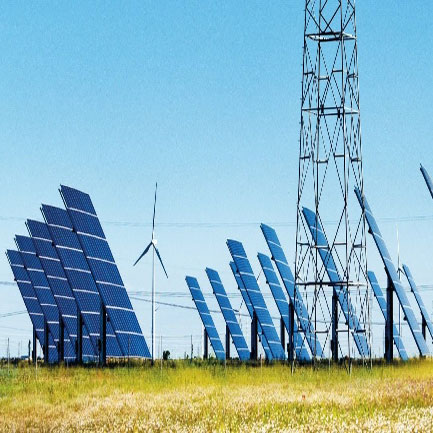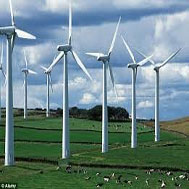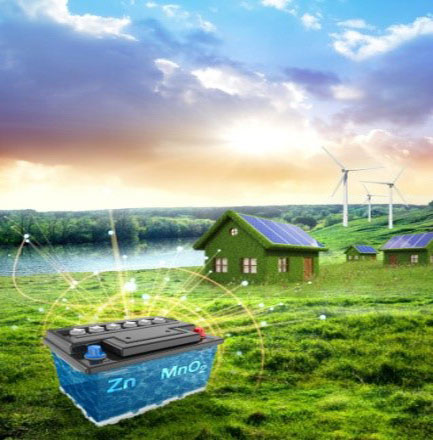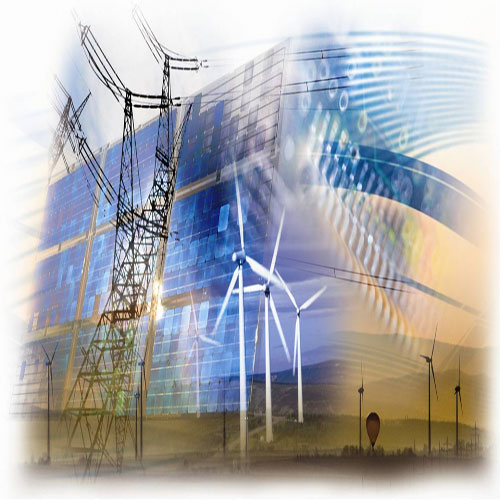Contact us:
Tel : +1(720)525-8971
Email: info@energesoft.com
2383 S York Street. Building C, Denver,
Co, U.S. 80210
Technologies: Electric Vehicles
An electric vehicle (EV), also referred to as an electric drive vehicle, uses one or more electric motors or traction motors for
propulsion. EV is a part of smart grids and supports the idea of renewable energy sources. EVs are hourly distributed in the
power system and can simulate a mobile demand or a mobile storage in the new smart grids. As a result, optimal
coordination of these devices can provide benefits for the system such as shifting the peak load hours, reducing the power
losses and the total costs. Other than these benefits, the use of EVs can reduce the amount of greenhouse gases that is a
severe concern in the upcoming decades. EVs can participate in the new energy markets and play a significant role in the
day-ahead scheduling of the system. All of these benefits are achieved by the use of intelligent operation of EVs. On the
other hand, lack of smart management strategies for EVs can result in unwanted outcomes such as feeder congestion on
transmission and distribution systems and transformers, increasing the energy losses, decreasing the reliability and power
quality. The idea of vehicle-to-grid (V2G) is devised to minimize EV impacts by providing energy and ancillary services to the
grid. V2G technology enables the PEVs to have a bilateral power flow exchange with the upstream network and thus they
can either inject/draw power into/from the grid.
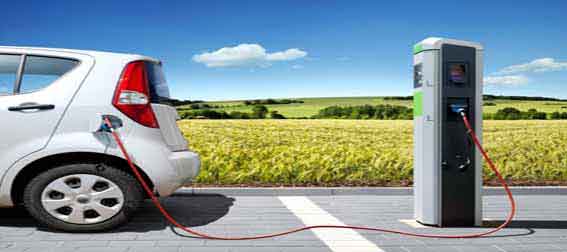
We try to create a culture that allows the people to
integrate sustainability into every part of our day-to-day
operations. RSGC team peruses....
Smart Grid
Smart Grid is the gateway to relibale and
efficient electric grids which supports the
developement of the smart generation,
smart metering and smart control. To this
end, the bidirectional communication
between the utility and customers based
on digital technology helps the smart grid
idea. Smart grid consists of controls,
computers, automation, metering and new
equipment to facilitate the accurate and
responsive reaction of the network in both
normal and emergency situations.
In 2015, the United States generated about 4 trillion
kilowatthours of electricity. About 67% of the electricity
generated was from fossil fuels (coal, natural gas, and
petroleum)....
Automation
Renewable Energy
RSGC Policy
14 Dec - 15 Dec
Utility Regulation Conference: Strategies
for Profit and Reliability
The Westin Georgetown, Washington, D.C,
United States of America
11 Jan - 12 Jan
8th Nuclear Power Asia 2017
Melia Hanoi, 44 Ly Thuong Kiet Street,
001235, Hanoi City, Hanoi, Vietnam.
13 Feb - 14 Feb
Floating LNG 2017
London, , United Kingdom
13 Mar - 15 Mar
International Conference on Emerging
Trends In Environmental Engineering
and Pollution Control 2017
Beijing,China
